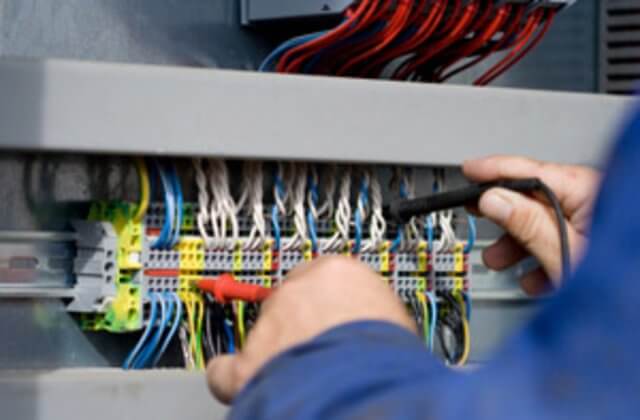Sydney is located on the south-eastern coast of the Australian continent. It is the largest as well as the oldest city in Australia and the capital city of the state of New South Wales. Sydney’s magnificent harbour has a strategic location for trading with other countries from the Pacific Islands, Asia, India, China, and the Americas.
Australia, as a continent, is located in the southern hemisphere. As compared to the U.S., Australia is considered an “upside-down” continent, and thus, the continent of Australia is popularly termed as “The Land Down Under.” This “upside-down” connotation of Australia is further emphasised by how different Australians do a lot of things as compared to the U.S. One of these differences is on how Australians work on electrical systems that only a professional Sydney electrician can handle correctly.
Why is there a Need for Licensed Electricians?
While the U.S. and most of the countries around the world are adhering to similar colour codes for their electrical wiring systems, Australia has a few wiring colours that may confuse electricians from other countries. Therefore, electrical installations or repairs in homes must be carried out only by licensed electricians who have passed the professional licensure requirements specific to that country.
What is a Typical Electrical Installation for Homes?
Although it is not allowed for ordinary people to work on home electrical installations, it is still important for homeowners to understand how their homes work.
An electrical supply comes into the home from a transformer located in a nearby pole. Wires from a transformer may come from the hanging lines from electrical posts or underground cabling. Municipal services will be tasked to provide the electrical lines from the main street line into the home until it reaches a service fuse. Once the power line reaches the service fuse, the homeowners will be responsible for hiring professional electrical contractors to extend the electrical line to the rest of the home. The power is then routed to the individual circuit breakers and safety switches located within your home from the service fuse.
Types of Electrical Lines in a Home
While most people think that wire and cable are the same, these two terms should not be interchanged, especially when you are handling home electrical installations. An electrical wire is any material that readily conducts electricity. These wires are either insulated or bare. An insulator or jacket usually covers insulated wires for protection. A cable, on the other hand, is one or more wires assembled within a single jacket.
- Non-metallic Cables (N.M.)
The most common type of electrical lines found within a home is the non-metallic cable or N.M. This type of cable contains two or more individually wrapped wires with its protective jacket. N.M. cables contain one or more active or hot wires, a neutral wire, and a ground wire. N.M. cables are used for dry and indoor electrical wiring for the home. These N.M. cables are used for home appliances, light switches, and power outlets. The size of the N.M. cables ranges from 6-gauge to 14 gauge.
Restrictions to N.M. Cable Usage
AS/NZS 3000:2018 Electrical Installations or Wiring Rules have regulated the use of N.M. cables with the following restrictions:
- M. cables cannot be used in residential units that are more than three stories tall. In Australia, a home that is more than three stories in height will already fall under commercial establishment and must follow commercial electrical guidelines.
- M. cables are used for permanent electrical wiring for the home. They should not be used as extension cords or substitute wiring for electrical appliances.
With this little information about the typical electrical wiring installation in your home, you may be able to identify if your wirings are done correctly. However, it is still important for you to call a licensed Sydney electrician whenever you have electrical problems.




